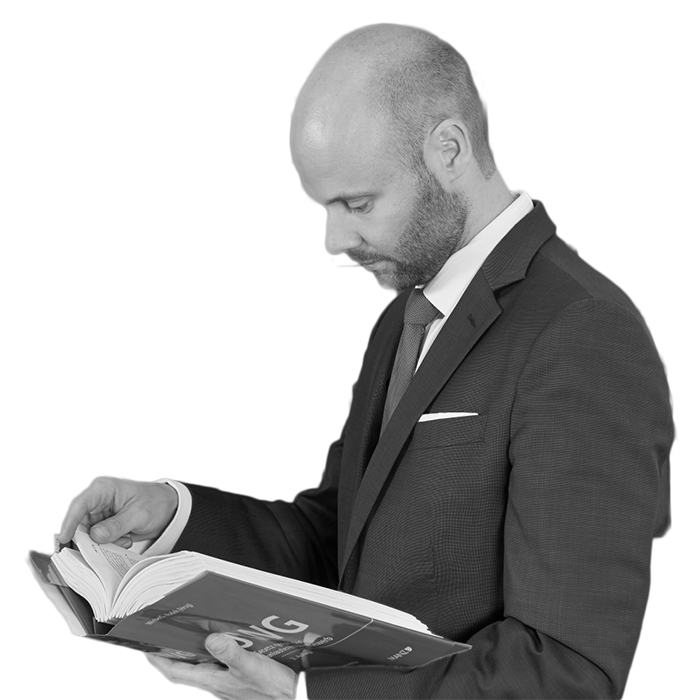The aim of parentage law is to clarify who is the mother and father of a child in legal terms. Although this is usually the genetic father and the genetic mother, the legal parentage does not necessarily have to correspond to the biological parentage.
According to § 143 ABGB, the mother of the child is always the woman who gave birth to the child. This is of particular importance because, due to modern medicine, there is already the possibility of egg donation or surrogacy (prohibited in Austria), in which a woman carries a genetically foreign child. In these cases, too, this provision clarifies that only the woman who has given birth to the child is legally to be regarded as the mother.
Establishing paternity, on the other hand, is more problematic. The law recognizes three different variants. The father of the child can be the man
- who is married to the mother at the time of birth or who died as the mother’s husband not earlier than 300 days before the child’s birth;
- who has acknowledged paternity; or
- whose paternity has been established by a court.
However, according to these three variants, it is also possible that paternity of several persons can be established at the same time (e.g., one acknowledges paternity while the other is married to the mother).






